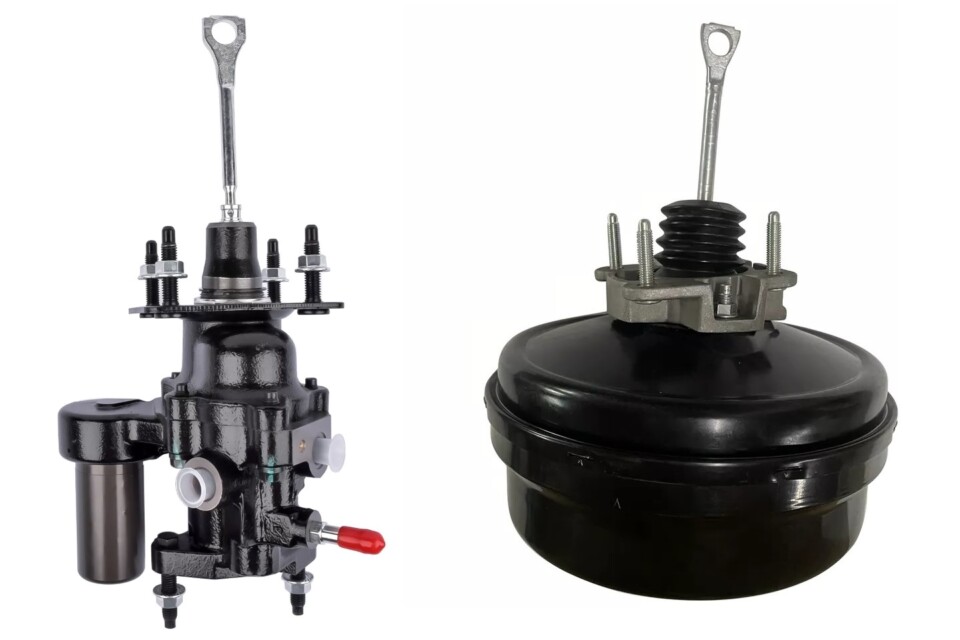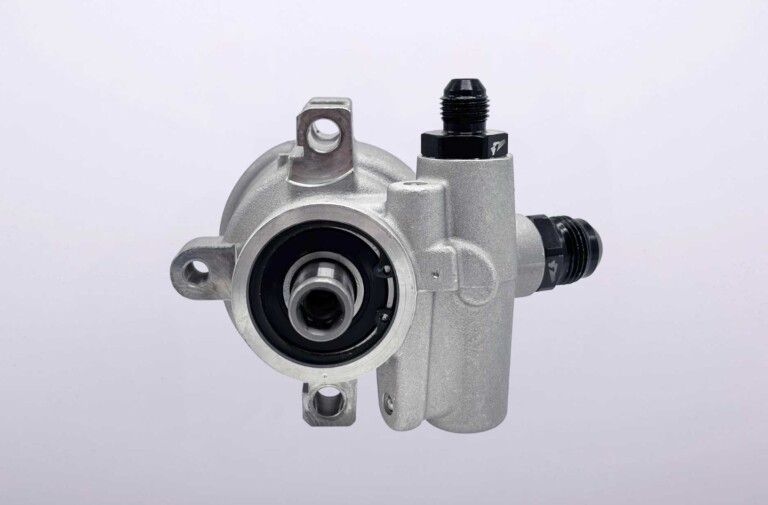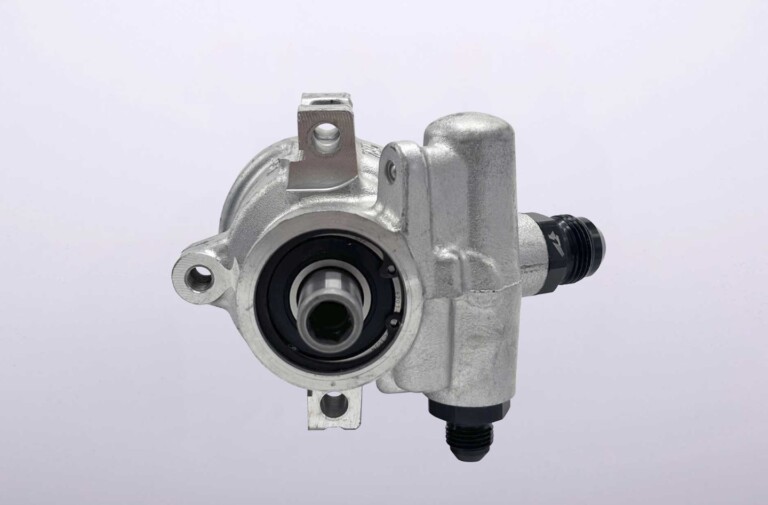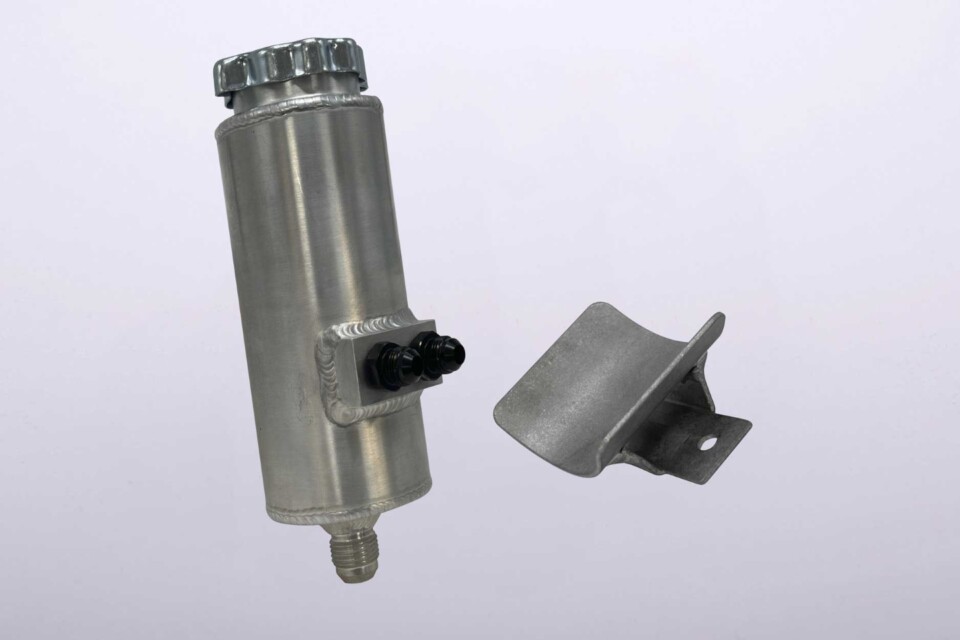When it comes to improving braking performance in performance or modified vehicles, hydroboost braking systems represent one of the most effective upgrades available. By leveraging hydraulic pressure instead of vacuum, these systems maintain consistent assist regardless of engine load or vacuum availability. Turn One has engineered a high-quality hydroboost solution built around two key components: their hydroboost pump and the dual-port hydroboost reservoir. Designed to work in tandem, these parts offer a robust, reliable braking system suitable for street, track, or off-road applications.
Understanding The Hydroboost Difference
Traditional vacuum-assisted brake boosters rely on engine vacuum to provide power assist. In performance applications, especially with aggressive camshafts or forced induction setups, engine vacuum may be insufficient or inconsistent. That inconsistency can lead to a soft brake pedal or delayed response. Hydroboost systems solve that issue by using the hydraulic pressure generated by the power steering system to provide consistent braking assistance.
With hydraulic assist, the pressure remains constant and unaffected by engine vacuum or RPM. This ensures consistent pedal feel, quick response times, and strong, repeatable braking force. It’s particularly beneficial in vehicles where engine vacuum is limited or unreliable. Applications include turbocharged, supercharged, engines with large overlap camshafts, or any vehicle where precise brake modulation is a priority.
The Hydroboost Power Steering Pump
The hydroboost pump from Turn One serves as the centerpiece of this system. Designed with a compact body, this pump uses a standard Type 2 mounting pattern and includes a steel Type 2 power steering pulley. It delivers a flow rate of 3.0 gallons-per-minuete and supports a maximum pressure of 1,800psi. This ensures that there is adequate hydraulic pressure not only for braking assist but also for steering assist, even in aggressive driving conditions such as autocross, track days, or off-road crawling. Built with durability in mind, the pump includes SKF high-temperature bearings and a press-fit steel sleeve in the mounting area. This adds structural integrity and reduces the likelihood of distortion under load.
The hydroboost-specific pumps feature -6AN pressure outlet that can be ordered on the top or bottom of the pump for versatility and -10AN return, providing compatibility with high-performance hose assemblies. The high-pressure capability ensures the system does not go into pressure relief during simultaneous braking and steering inputs, which is a common challenge in combined systems. Turn one can also build you a pump with an integrated reservoir if your application doesn’t use a remote reservoir.
Optimal Fluid Management
The second key component in this system is Turn One’s dual-port hydroboost reservoir. Designed specifically for hydroboost setups, it features two -10 AN return fittings. One of these returns is internally baffled to control fluid movement and prevent aeration. This is particularly important in systems that see high flow rates or where routing may introduce turbulence.
Using a dual-return design allows the hydroboost unit and power steering system to return fluid separately, avoiding backpressure or fluid interference between the two systems. This reservoir also supports remote mounting, which improves fluid capacity and cooling while offering more flexibility during engine bay layout. Turn One recommends pairing this with the top outlet hydroboost pump for a complete system solution.
Enthusiasts And Builders Choose Hydroboost
The benefits of hydroboost systems are numerous. First and foremost, they provide consistent, powerful brake assist even when engine vacuum is low. For vehicles equipped with forced induction or large camshafts, that alone can make the system worthwhile. Hydroboost also delivers quicker response and better brake pedal feel than vacuum systems, making it ideal for spirited street driving, competition use, or towing applications.

The hydroboost module on the left is narrower than the normal vacuum booster on the right for additional room in the engine bay.
Additionally, the smaller size of hydroboost units compared to vacuum boosters means more room in the engine bay, like the clean engine bay on this LS-swapped K5 Blazer. This extra clearance is often necessary in engine-swapped vehicles or builds with limited space. The system’s hydraulic operation also integrates well with existing power steering systems, reducing the need for separate assist mechanisms.
When used together, Turn One’s hydroboost pump and dual-port reservoir create a clean, reliable, and high-performance solution for brake assist. Engineered with durability, compatibility, and performance in mind, they provide a modern answer to a common problem in performance and custom vehicle builds.





















